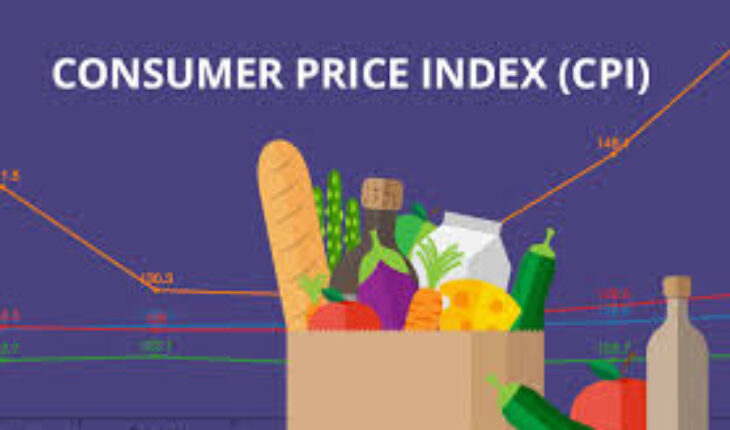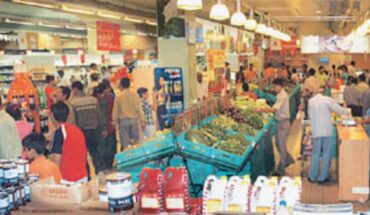Retail inflation as measured by the Consumer Price Index (CPI) is estimated to have moderated in November to a provisional 6.93%, from the previous month’s 7.61%, a recent official data suggested. On the face of it, the moderation in price gains ought to be welcome news. A closer look shows that the 68 basis points easing in the headline level of inflation has been helped largely by a 140 basis points slowing in price gains in the food and beverages basket, which with a weight of almost 46 is the single biggest index constituent and driver of retail inflation. Sadly, inflation still remained in the double digits in the case of six, excluding vegetables. Key protein sources including pulses, eggs and meat and fish continued to register worryingly high levels of inflation that surely cannot bode well for the wider population’s nutritional well-being. Disconcertingly, inflation in the key transport and communication category that includes petrol and diesel eased by a marginal 10 basis points to 11.06%. With oil marketing companies continuing to raise pump prices of these crucial transportation fuels, as crude oil extends its recovery from April’s pandemic-induced lows, it is hard to foresee any further appreciable softening in food prices in December given the high costs of transporting farm produce from the agrarian hinterland. This would, in turn, put the RBI’s forecast for average fiscal third-quarter inflation of 6.8% in jeopardy, as the headline figure would now need to moderate by at least 107 basis points to about 5.86% for this month. With more households expecting general prices to rise over the ‘next three months’ and ‘one year ahead’ horizons than the number of respondents concerned about such a price trend in the September survey, policymakers must guard against easing vigilance on prices while considering growth-supportive measures.
Easing vigilance on prices to dent recovery hope
Published Date: 23-12-2020 | 6:17 am




